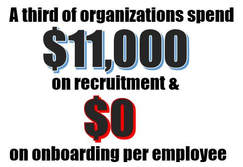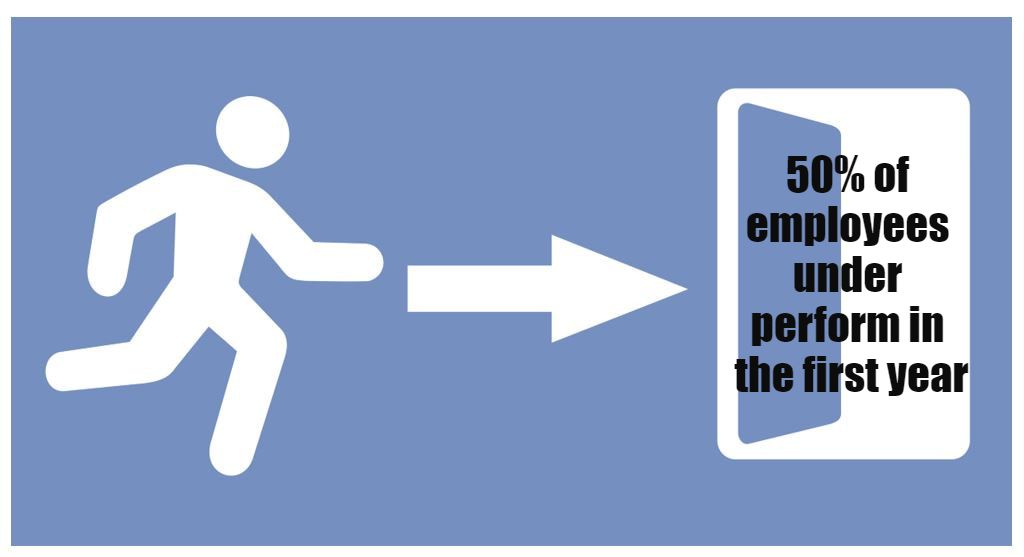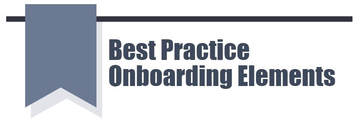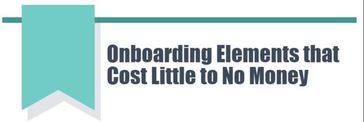 How we fail our new hires We put so much time and resources into hiring employees—sourcing, assessing, interviewing, negotiating—that we are exhausted by the time their start date rolls around. We justify that it's okay and the “sink or swim” is a good initiation – I mean we had to do it ourselves, right?
So how do we get out new hires to thrive? Let's start with Day 1. Even better, let's start with Day -1. Have new hires complete paperwork so that their benefits and payroll will be set up beforehand. Also create an open line of communication so they can ask questions before their start date. Finally, welcome them on behalf of the organization, hiring manager, and/or team. So then what is lined up on Day 1 for the employee? It should be more than just orientation. How boring is it to sit in front of a screen and click through modules of company propaganda? Why not kick off with an informal coffee/breakfast with the hiring manager to discuss what to expect in the coming months? This is also a great time to provide resources to the employee such as their job description, company information, strategic objectives, industry knowledge, and key points of contact. Perhaps then the employee meets with their buddy. This buddy is a champion of the organization and not only gives a facility and safety tour, but starts providing tips about the unwritten rules. The Talent Team could then meet with the employee to discuss any assessment results they went through in the recruitment phase. Understanding their assessment begins to help them understand their strengths and their possible derailers within the context of the team and organization. Next, the employee goes for an informal lunch with their team, they start placing names to faces, asking and fielding questions. The afternoon could then be filled with module training, paperwork, and reflection time to get them situated, followed by an end-of-day quick check-in with their manager to answer any immediate questions and outline the remainder of the week. How would you feel after that kind of first day? The purpose of onboarding is about opening dialogue and establishing fit. The employee needs to see how their role contributes to the organization and they also need to see how their own values and style fits within the team and culture. Building this buy-in creates engagement. Understandably engagement cannot be built in a day, a week, or even 100 days. It's an ongoing process and takes at least 6 months, if not a year. However, the results are worth it. With effective onboarding, 69% of employees are staying with the company for at least 3 years. This greatly reduces recruitment costs--money which can now be funneled into new onboarding initiatives, like enhanced technology and training. Good onboarding practices also increase performance outcomes such as goal attainment, customer satisfaction, employee engagement, and revenue. The 'sink or swim' approach is starting to look pretty bad now isn't it? So let's incorporate some best practice into our onboarding (there are even practices that cost little to no money) and let's have our employees and our organizations thrive! References:
Aberdeen Group (n.d.) CEB (2002; 2012) Corporate Leadership Council (2001; 2003; 2007; 2012) Lessonly (2014)
1 Comment
Leave a Reply. |
Archives
November 2020
Categories
All
|






 RSS Feed
RSS Feed
